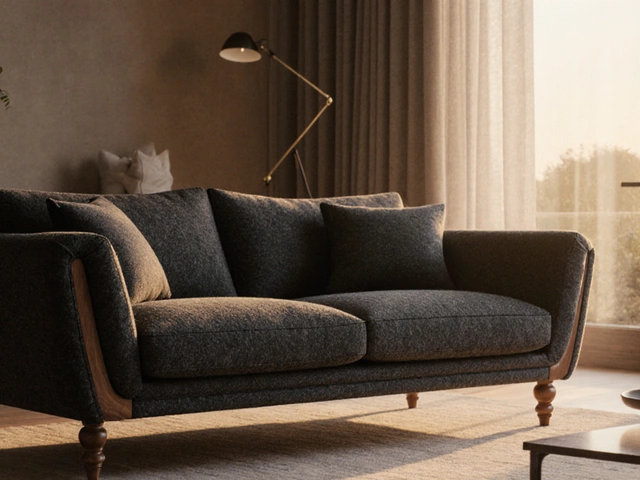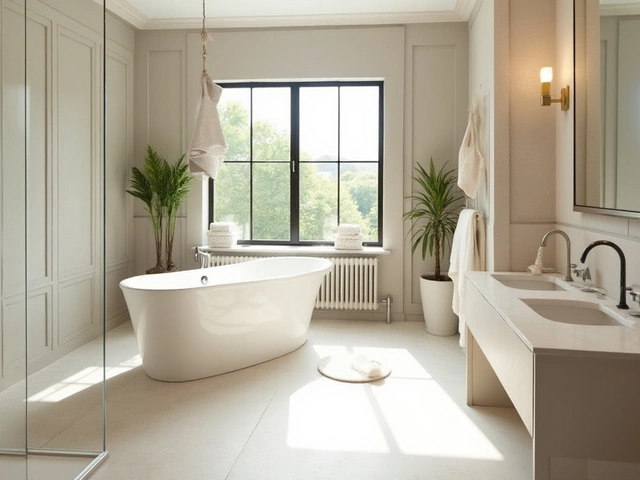Couch vs Sectional: Which Is Right for Your Living Room?
Ever walked into a furniture shop and felt stuck choosing between a couch and a sectional? You’re not alone. The decision can change how your room looks, feels, and works for everyday life. Let’s break it down so you can pick the piece that actually fits your home.
Space, Shape, and Layout
A couch is a single, straight‑line piece. It’s easy to slide around, works well in narrow rooms, and leaves plenty of floor space for other furniture. If your living area is under 12 feet wide, a three‑seater couch (around 84 inches) often feels just right.
A sectional is made of two or more sections that fit together in an L‑shape, U‑shape or even a chaise layout. Because it wraps around corners, it can turn a cramped room into a cozy nook. But it also claims more floor area, so you need to measure carefully before you buy.
One handy trick: tape the outline of the piece on your floor with painter’s tape. Walk around the shape and see if you still have room for coffee tables, side chairs or a rug. If the tape leaves you walking on a tightrope, a couch is probably safer.
Cost, Comfort, and Flexibility
Price is a big factor. On average, couches have a lower markup than sectionals because they use fewer frames and less upholstery. If you’re watching your budget, a standard couch can save you a good chunk of change.
Sectionals, however, often come with extra seats and a built‑in chaise that lets you stretch out for movies or naps. The extra comfort can be worth the extra cost, especially if you entertain often or have a family that likes to lounge together.
Think about sofa depth, too. A deeper seat (around 22‑24 inches) feels like a hug, but it can be too low for people who need extra back support. Many couch makers list depth in the product details, so you can match it to your body type. Sectionals usually have a uniform depth across the whole shape, which means you get the same feel no matter where you sit.
Flexibility matters when you move. Couches are easier to disassemble and fit through narrow doorways. Sectionals often require the whole unit to be taken apart, and re‑assembly can be a hassle. If you expect to relocate within a few years, the couch wins on convenience.
Style is another angle. Couches come in classic single‑arm or double‑arm designs that blend with most décor. Sectionals can be a statement piece, especially with a contrasting chaise or a bold fabric. Look at your existing colours and decide whether you want a subtle addition or a focal point.
Finally, think about long‑term value. A well‑made couch can last 7‑10 years with proper care. Sectionals can outlast a couch if they’re built with solid frames and high‑grade upholstery, but repairing a damaged section can be pricier.
Bottom line: if you have a small room, a limited budget, or move often, a couch likely meets your needs. If you crave extra seating, love a lounge‑ready vibe, and have the space to spare, a sectional could be the better fit. Measure, compare prices, test the depth, and you’ll walk out with a piece that feels right the first time you sit down.

Couch vs Sectional: Which is Right for Your Living Room?
Trying to pick between a couch or sectional for your space? Find out which suits your lifestyle, space, and style best with real-life tips and honest comparisons.
Categories
- Storage (27)
- Bathroom (18)
- Sofas (15)
- Curtains (15)
- Home Decor (12)
- Bedding (11)
- Kitchenware (11)
- Cushions (11)
- Mirrors (10)
- Rugs (9)



